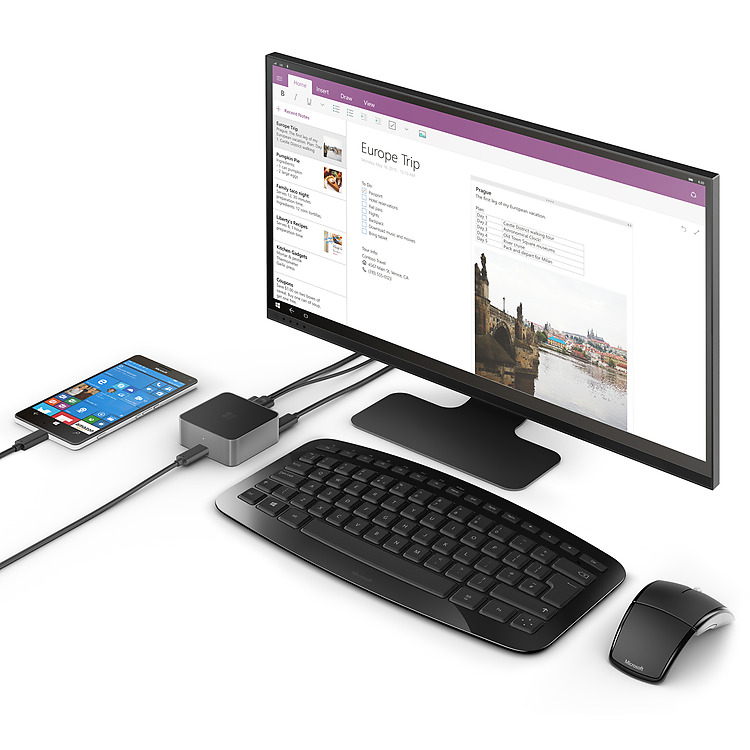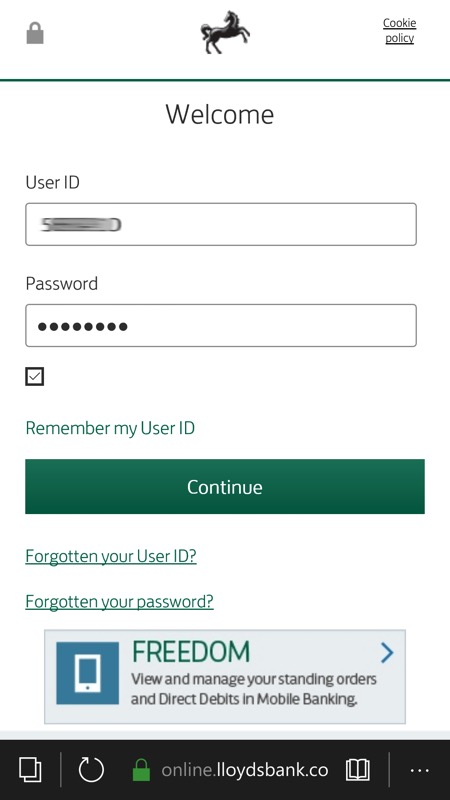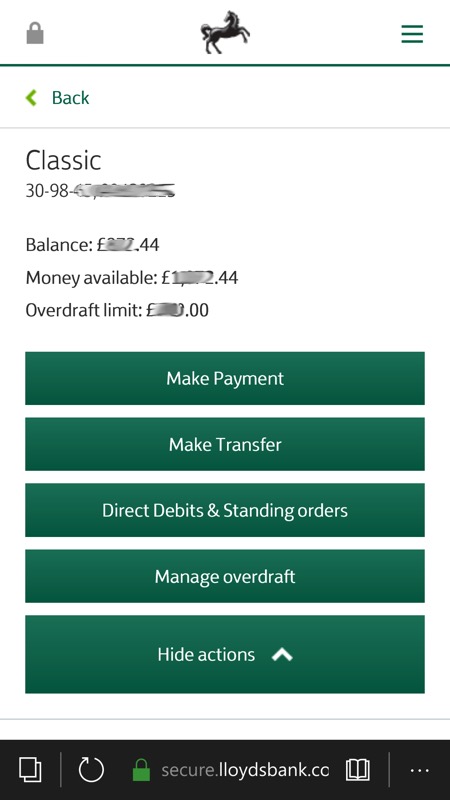Now, please don't take this in any way as a negative comment on the new hardware or even the Windows 10 Mobile OS, since the former is tremendously powerful and flexible, and the latter is the work in progress that we're all coming to enjoy and even love. But they're perfectly valid questions to ask - who exactly is going to buy the Lumia 950 and 950 XL? And does it matter if sales are relatively low?
It's a given that many people reading this article will have their eyes on one of the two new models - it's been the best part of two years since we had anything approaching top end internals on Windows Phone/Windows 10 Mobile. Add in the (unusual, but welcome) swappable battery and microSD expansion. All making the 950 or 950 XL the perfect upgrade for just about anyone with a Lumia 920, 925, 930, 1520, even the beloved 1020. Worldwide, such adoption might mean a couple of million sales over the next six months.

Now a million sounds like a large number (and it is), but in the context of the global phone market it's small - Apple sells a million iPhones every two days, a million Android phones are sold every 24 hours, and so on. So... I ask again, other than us, who else is going to buy a Lumia 950 or 950 XL?
Given that the internals of the Lumia 950 and 950 XL are extremely competitive with other flagships but don't really offer anything ground breaking in terms of styling or functionality over the best of iOS or Android, the core benefits of the two new Lumia flagships are that they run 'Windows 10', already very familiar to 150 million (and that number's growing) desktop PC users, with similar interface and the same applications, and that they offer Continuum, plugging in a monitor as a secondary display in order to run all the Windows 10 'universal' applications in traditional desktop modes. Plus, if you will, some advanced after-the-fact imaging modes in the Rich Capture cleverness, but maybe that's just my imaging speciality getting excited there.
New smartphone sales come from:
- newcomers to phones (teenagers, mainly)
- upgraders from feature phones (a dwindling pool in 2016, lots of older people though)
- switchers from other smartphone OS, i.e. Android, Blackberry and iOS
Let's take these in turn. Although teenagers have traditionally been a Windows Phone stronghold (at least, here in Europe), that's mainly been due to the low prices of the budget models, the Lumia 520, 630 and 640. When questioned, most teenagers say they really want 'an iPhone'. Mainly because of the fashion/style/status angle, but also because all the trendy teenager applications are available on it - and not on Windows. Think Instagram, Snapchat, even Apple's iMessage. So we can count this market out, even at the reducing prices for the Lumia flagships.
Upgraders from older, less capable phones are a dwindling but interesting bunch, and Windows Phone has traditionally been a good fit for them, being foolproof and relatively immune to both user error and malware. However, if such buyers are still going to head for a Windows device then it's likely they'd snap up something less ambitious, like the new Lumia 550, down at the budget end of the market. They simply wouldn't need the power and functionality in the new flagships.
Then there's by far the largest potential market, people getting annoyed at their Android or iOS phones (for whatever reason), enjoying Windows 10 on the PC, being impressed by the possibilities of Continuum, and making the jump to Windows 10 Mobile.

And hopefully finding all the applications they need - apps are key for these people. Having an icon to tap to bring up their local bank or taxi service or to access their home or car automation electronics - there's an infinite number of niche and long tail applications which just aren't available on Windows. These mobile-only applications were generally conceived on mobile and they stay on mobile.
Now, it's not all doom and gloom - just as we all use a browser as our main application to do banking and access services on our PCs, there's equally no reason why the same couldn't be true for Microsoft Edge on Windows 10 Mobile, screen sizes and resolutions permitting. And a great many services and sites work really, really well with Edge now, usually with a 'mobile/smartphone-optimised' interface. Here's my bank, Lloyds in the UK, on my Lumia 930, for example. Works perfectly, just as well as using a dedicated application:


But you have to admit that it's something of a hard sell to the iPhone or Android user who's used to the 'dedicated app' experience. I'm happy doing mobile banking via Edge on Windows 10 Mobile, but then I'm old-school and can put up with the browser framework around what I'm doing online. But if someone had the same functionality with a better experience on their existing iOS or Android device then why would they switch?
So... will there be significant numbers of people across the world switching to Windows 10 Mobile, drawn in by the Lumia 950 and 950 XL? Not really. The devices will find a market and a happy user base, partly from Windows Phone upgraders and partly from Windows 10 fans from the desktop wanting a matching mobile experience, but the numbers won't be huge. As I say, a few extra million at most, in these post-Ballmer/Elop, Nadella days where unit sales aren't paramount and the budget market doesn't have to be attacked quite so hard.
Microsoft's goal with the Surface 3 and 4 ranges, with the Surface Book, with the Lumia 950 and 950 XL and (in the future) with the unibody aluminium Surface phone, is to show what can be done with its software and services. These will be (in theory, at least) the premium expression of Windows 10, its experiences and its universal applications. The ultimate goal isn't really to sell vast quantities of hardware (though there are some profits to be made here), it's to promote Microsoft's services and vision, to get eyeballs and active users, to get people onboard with the OS, with Office 365, with paid OneDrive tiers (let's not go there again), and more. (It's a mixed message, of course, since Office and OneDrive are now cross-platform - Nadella's strategy does have some elements of throwing ideas at a wall and seeing what sticks!)
In this context, a few million high profile, high value sales might well be counted as a 'success'. It's a very different vision from that presented by Stephen Elop a few years ago and it's different from that of Google and Apple, importantly.
Many have observed (as we shall in our AAWP review of the new hardware) that the Lumia 950 and 950 XL are clearly Nokia-inspired products, despite the Microsoft logo. They're a very functional stop-gap until the real flagship comes along in 2016, the smartphone equivalent of the Surface Book and just don't look at the price tag. But with prices dropping weekly, the 950 and 950 XL are getting more and more appealing. Maybe price itself might start to play a part in the end user and potential switcher's buying decision?
Comments welcome!
